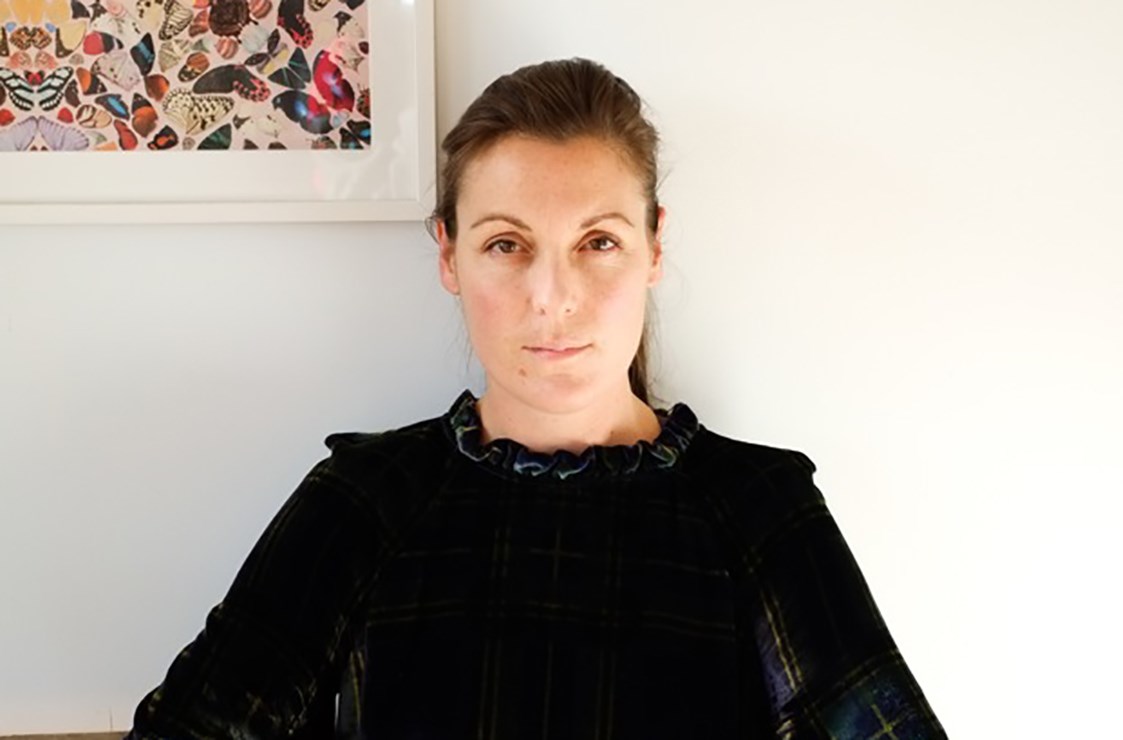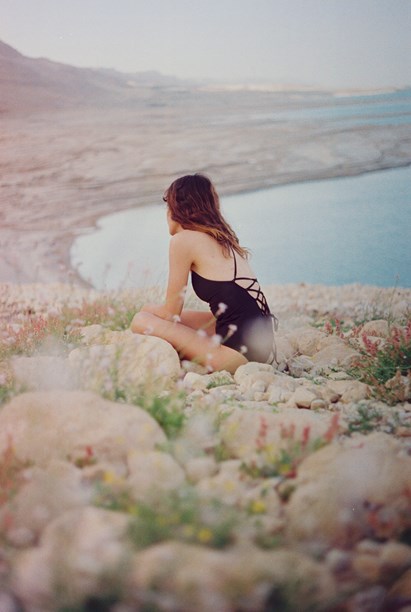Stories
Lonely
2003-

"Lonely is for women who buy lingerie as a love letter to themselves."
So states New Zealand label Lonely, makers of beautiful body positive lingerie and clothing. With their all-inclusive, natural philosophy standing out in the fast- paced world of contemporary fashion, their romantic ranges have captured the hearts of devoted followers worldwide.
Lonely co-founders Helene Morris and Steve Ferguson first met in Aspen, where Steve, was snowboarding professionally. Helene was a graphic designer and the friend of his photographer. The clothing label was conceived (alongside their first child) in 2003, to accommodate the need for a less transient lifestyle and create a more stable family home. Originally establishing in Wellington as The Lonely Hearts Club, together with friend and Helene's Massey University buddy, Aimee McFarlane, the label’s focus was on bags and printed t-shirts. In 2006 the label moved to Auckland, and opened a retail space called Myhart in O'Connell Street.
Despite gathering a devoted following in both New Zealand and Australia, the global financial crisis hit, forcing the company to re-think its business. Aimee McFarlane, left to take over as head designer of Huffer womenswear and Helene, frustrated with the contemporary lingerie offering, began exploring concepts that would suit her and Lonely Hearts customers. She was onto a winner: the company was restructured, and in 2009 the first Lonely Lingerie collection was realised.
The label’s philosophy has remained clear from its conception: natural, real, sensual. "No padding, no push-ups, no G-strings!" Having a clear concept and fantastic philosophy isn’t everything of course: the garments also have to be beautifully made. After the launch of the first lingerie collection, they were approached by patternmaker Ella Sarjant (previously of Bendon), who was able to take the forward thinking Lonely designs and turn them into fully functioning, highly covetable underwear.
They quickly realised that in order to find someone willing to make their garments, bulk orders were needed – as Helene says, "No manufacturer’s going to make just 50 bras!" In a bold move, they looked beyond Australia and focused their attention on the huge USA market directly. While not an overnight hit their persistence did pay off and they secured some key stores. Things were moving forward.
Social media is of huge importance in the Lonely world, and the label has had the second fastest growing account on Instagram and @lonelylingerie has more than 260,000 followers to date. But it’s more than just a numbers game and though Steve will happily admit to the time spent on strategy and analytics, the success of their online presence has exceeded anything that can be achieved purely through formulas and plans. Lonely culture is alluring, and their fans and supporters are ever more eager to engage. It’s telling that Lorde, fiercely independent superstar, is a huge fan and happy promoter of the label’s wares.
Lonely proudly places itself as part of a new wave of feminist action – quietly assertive sensuality, designed for the wearer rather than for sake of an objective gaze. Throughout their many collections there have been constants: delicate lace, soft tones, wide velveteen straps. The aesthetics whisper strength through femininity.
The brand imagery used in Lonely campaigns is no less powerful for its simplicity: no airbrushing allowed, no excessive photoshop. Wrinkles and folds and stretch marks and body hair are left in place. Their strongest campaign to date – and one that is ongoing – is Lonely Girls. Run largely through social media site Instagram, the project encourages Lonely wearers to share their own images of the lingerie under the hashtag #LonelyGirlsProject. Managed by NY based photographer/Lonely stylist Zara Mirkin and Auckland photographer Harry Were, the campaign is, in Helene’s words, "a reaction to traditional lingerie imagery."
A natural progression for Lonely has been swimwear which launched in 2014 and retains their signature aesthetic but is re-interpreted to work in lycra and mesh swimwear fabrics. A collection of loungewear and clothing brings their total number of ranges to four: Lonely Label, Lingerie, Swim and Lounge.

Lonely's Dita swimsuit from their first swimwear collection. Image © Lonely.
The label retains control of the entire sales process and does not employ sales agents to sell to retailers. Their long-time PR and sales-manager, Keya Matthews, manages the overseas buyers, targeting lingerie trade fairs in particular where their niche product stands out. Lonely is now stocked in over 150 stores worldwide, including countries as remote as Iceland and Siberia.
After years of selling purely online and through stockists, opening their Ponsonby based flagship Lonely store in late 2014 was a huge milestone. With their international and online presence solidly established, the timing seemed right. The response surpassed all expectations, and staff numbers were quickly doubled in an effort to keep up with demand. A second store in Wellington followed, stocking the most comprehensive Lonely range anywhere, the label has come back to its roots. The retail spaces embody the Lonely experience: intimate, unique, customer focused – because as far as Lonely is concerned, that’s who matters most.
Where other brands have been criticised for hollow, 'tokenistic' attempts to engage with their customers, Lonely has successfully created a relationship with their wearers. By remaining true to their values, Lonely garments have an unmatched authenticity - and their customers recognise it.
Text by Arielle Walker. Banner image © Helene Morris.
Last published May 2016.